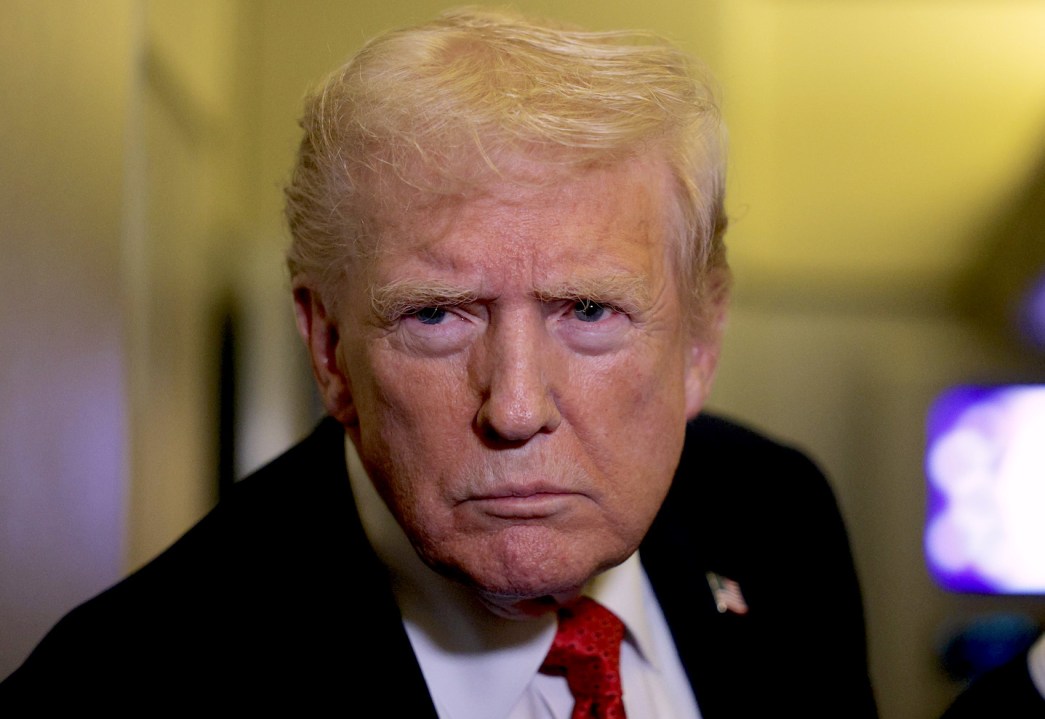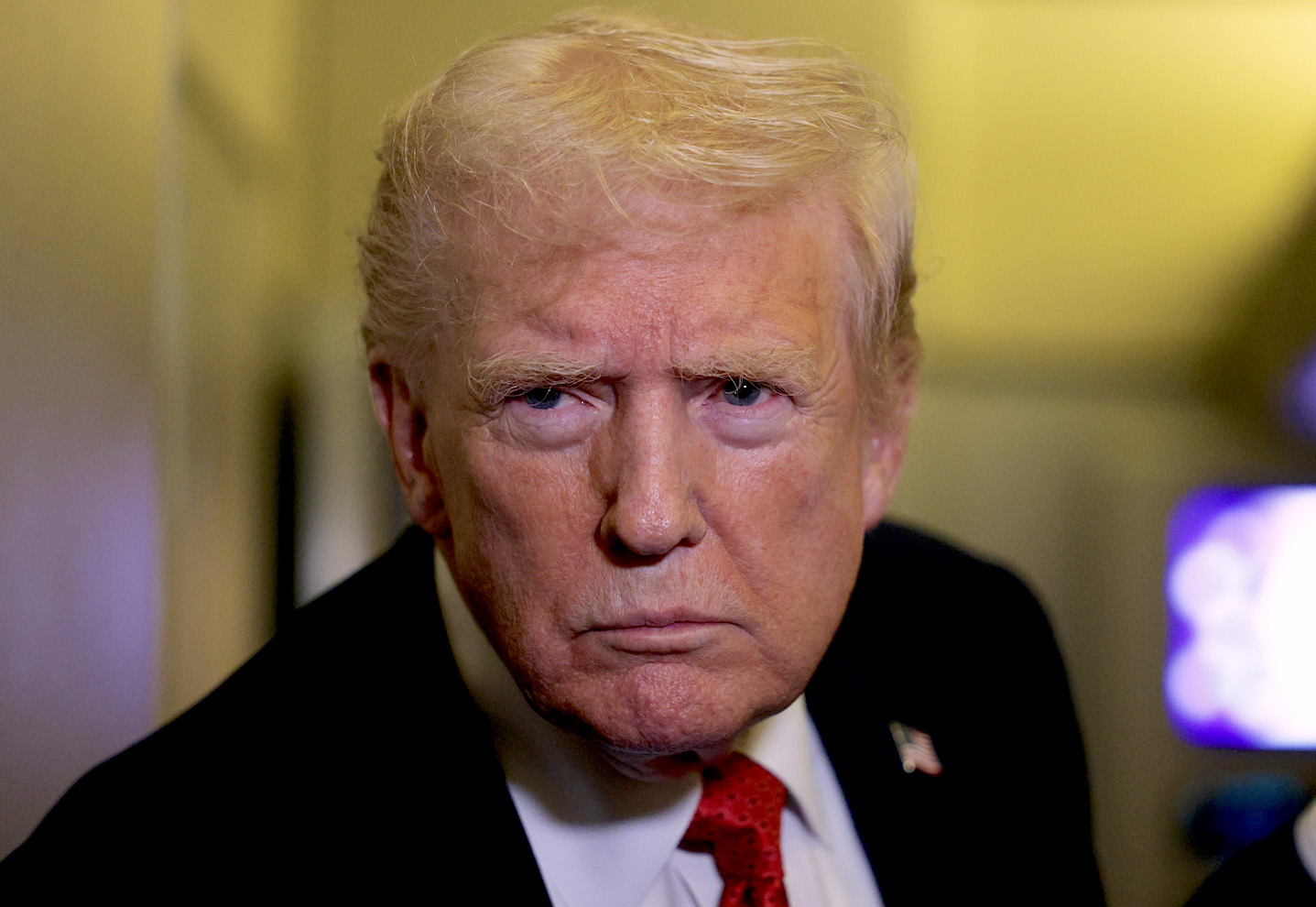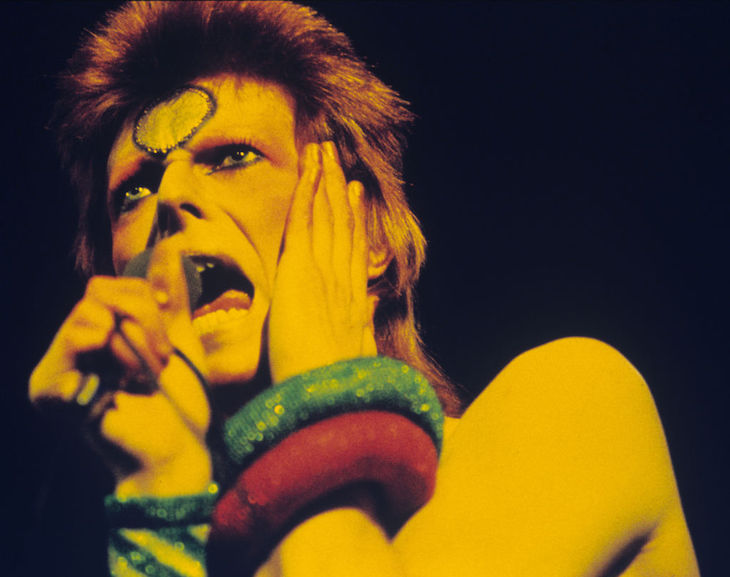Venezuela has been on tenterhooks for weeks, waiting as the United States gathers an armada of warships. Next week, the world’s largest aircraft carrier, USS Gerald R. Ford, looks likely to sail from the Mediterranean to join the assortment of destroyers, frigates, amphibious assault vessels and a nuclear-powered submarine.
No one seems to know exactly what this magnificent display of American naval firepower is all about. Has it been sent to destroy the cocaine smuggling networks in Venezuela, or topple President Nicolas Maduro, the egregious leader of that poor country? Or is its purpose to remind the Latin American region that the US under Donald Trump could come in guns a-blazing whenever it wants?
Whatever the answer, Trump is currently examining all the options for some form of possible military action over and above the target practice granted the US Navy to knock out any speedboat coming out of Venezuela suspected of carrying cocaine. So far at least 17 vessels have been destroyed, including one semi-submersible, resulting in the death of 70 people.
This, however, is not the sort of mission appropriate for the mighty Gerald R. Ford, a carrier with space for up to 90 aircraft on board. There has to be a grander plan. This, at least, will be the thinking of President Maduro, who has been appealing for military help from his backers, including Vladimir Putin.
Apart from Maduro himself, his regime flunkies, the police and the army who get paid high wages to stay loyal, there can’t be many people in Venezuela who would not welcome US intervention to get rid of a president who has destroyed the country’s economy through gross mismanagement, corruption and greed since he came to power in April 2013. Nearly eight million people have already fled the country, leaving behind their unsellable homes and businesses.
The options in front of Trump are said to include: comprehensive strikes within Venezuela on the known drug cartels’ strongholds; attacks on the military protecting Maduro; seizing the country’s oil fields; and going for Maduro directly, just like the US did in Panama three decades ago, when Mmore than 26,000 US troops swept in by helicopter and landing vessels to capture General Manuel Noriega, the country’s leader. Noriega, like Maduro, was designated by Washington as a drug trafficking baron.
Trump, however, is already being criticised for the attacks on drug boats. They are not justified under international maritime law, experts have said. The Trump administration has argued that the US is engaged in an armed conflict against drug cartels and that those killed were ‘unlawful combatants’. This was the phrase used by President George W. Bush’s administration to justify the extra-judicial capture and detention in Guantanamo of suspected al-Qaeda terrorists following 9/11.
The Trump administration has reportedly been seeking advice from the Justice Department about the legality of attacking facilities in Venezuela associated with the drug cartels, as well as, potentially, a direct targeting of Maduro.
Judging by leaks in Washington, it would seem the advice was that the administration does not have legal justification for strikes on Venezuela. Officials have been quoted as telling Congress that Trump was not currently planning to launch strikes inside the country.
If this is the case, then the arrival of USS Gerald R. Ford and its accompanying warships presents Trump with a conundrum. Deploying a carrier from the Mediterranean via the Atlantic to the Caribbean Sea, a journey of around 2,700 nautical miles, is not done for fun. It’s a deliberate and provocative move, authorised by the president to send the most potent warning that the US means business.
Military facilities could be targets for Tomahawks
The US Navy already has at least 13 surface warships and a nuclear-powered submarine operating near Venezuela. Some of the warships and the submarine are armed with Tomahawk land-attack cruise missiles, the weapon system favoured by previous US presidents to carry out strikes without the need for sending troops. In addition to warships, the US has reactivated a Cold War era naval base in Puerto Rico, about 500 miles from Venezuela’s coast, and sent troops, F-35B stealth fighters, Marine Corps helicopters and heavy transport aircraft.
Is US is essentially facing off against not just the Venezuelan cartels, but Maduro’s military too. There is intelligence evidence that the Venezuelan army plays a role in ensuring the successful trafficking of drugs out of the country. The biggest cartel, the Cartel de los Soles, is allegedly led by high-ranking members of the Venezuelan armed forces. Military facilities identified as being linked to the drug cartels could be targets for Tomahawks.
But will Trump go this far? Having deployed so much firepower to the Caribbean, is he going to give the order to launch strikes, or will he listen to the Justice Department lawyers, counselling caution?
The sudden announcement last month of the early retirement of Admiral Alvin Holsey, commander of Southern Command, which oversees American operations in the South Caribbean and Latin America, suggests there may be growing internal concerns about what the commander-in-chief has in mind.








Comments